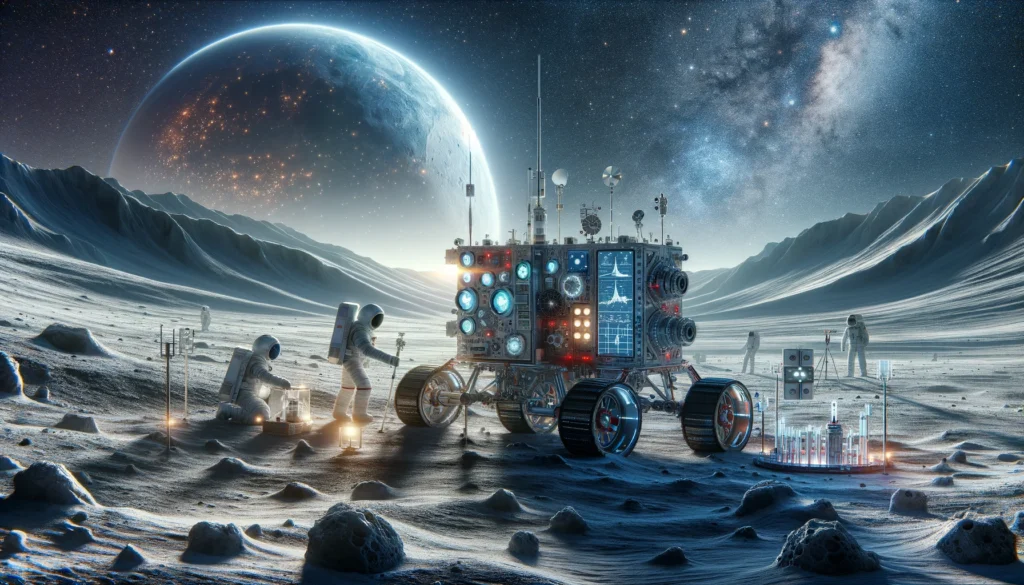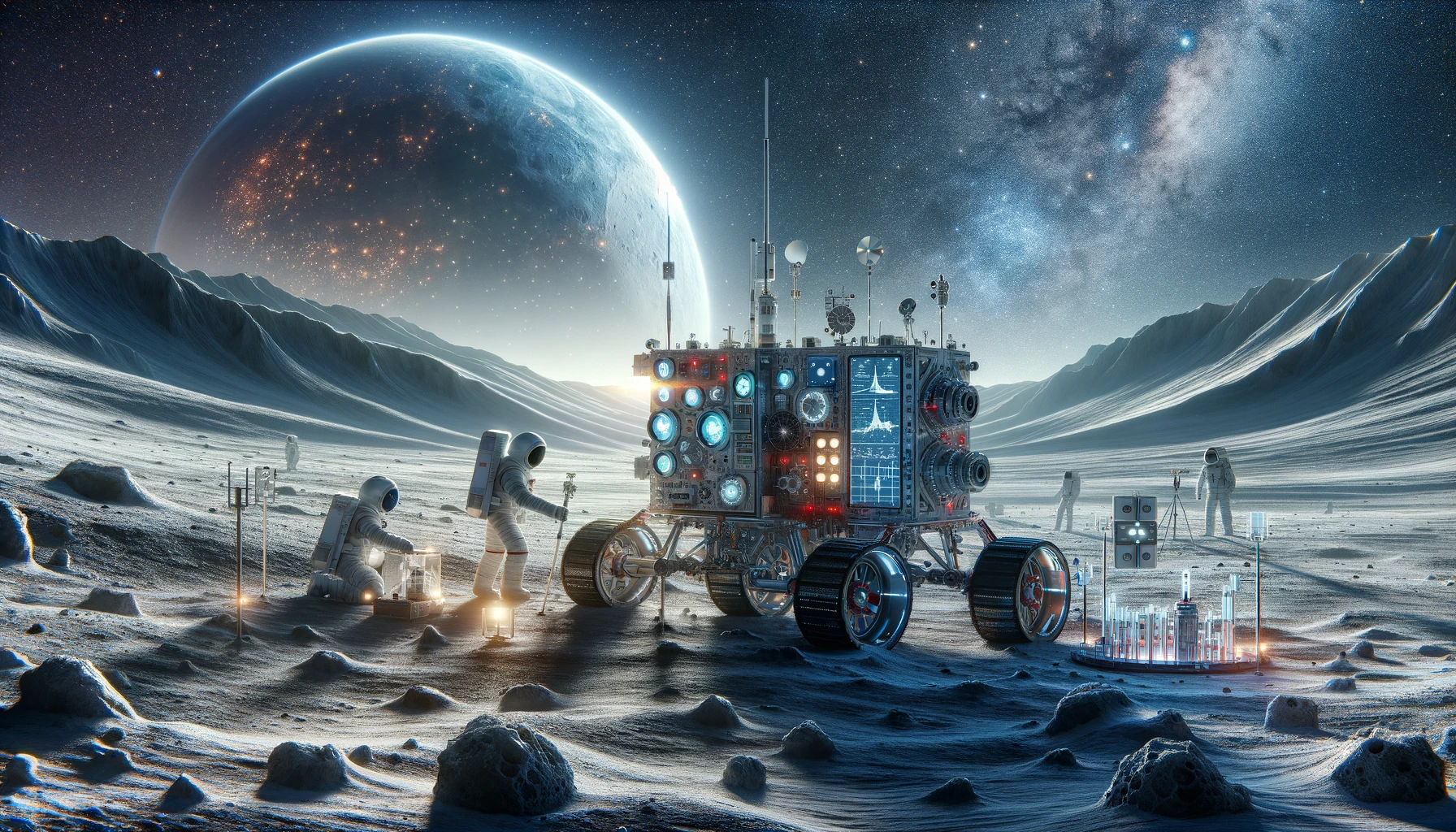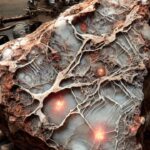In a monumental stride towards lunar exploration, NASA has officially announced the selection of the first set of scientific instruments to be deployed on the Moon as part of the Artemis program. This marks a significant milestone in humanity’s return to the lunar surface, aiming not just to land astronauts by 2024 but also to establish a sustainable human presence by the end of the decade. This endeavor is not merely a journey back to the Moon; it represents the inception of a new era in lunar and space exploration.

The Artemis program, named after the twin sister of Apollo in Greek mythology, is designed to take humans farther into space than ever before. It involves an international collaboration that seeks to explore the lunar South Pole, an area believed to harbor water ice that could be crucial for future lunar habitation and deep space missions. The selected instruments will play a pivotal role in conducting scientific research and aiding in the exploration of the Moon’s enigmatic and less-studied regions.
The instruments chosen for deployment are the result of meticulous planning and technological innovation. They include a range of tools and devices designed to study the lunar surface’s geology, atmosphere, and potential resources. These instruments will help scientists understand the Moon’s environment better, assess its natural resources, and gather crucial data to support the Artemis astronauts’ future missions.
Among the selected instruments is a cutting-edge lunar rover, which will scout the Moon’s polar regions for water and other volatiles. This rover, equipped with drilling capabilities, can extract samples from depths of up to one meter below the lunar surface. Its mission is to analyze the concentration, distribution, and form of water on the Moon, providing invaluable insights into the lunar resources available for future astronaut use.
Another key instrument is a set of spectrometers designed to analyze the lunar soil and rocks in unprecedented detail. These spectrometers will help scientists understand the Moon’s geological history and composition, offering clues about the broader history of the inner solar system. By studying the lunar surface materials, researchers can also assess potential hazards and resources for future explorers.
In addition to geological studies, the mission will carry equipment to monitor the Moon’s exosphere – the thin layer of atoms and molecules surrounding the Moon. Understanding the lunar exosphere’s composition and behavior will be vital for planning human and robotic missions, as it affects navigation, communication, and even the long-term functionality of surface equipment.
The deployment of these instruments is part of NASA’s broader strategy to leverage the Moon as a testing ground for the technologies and techniques required for future Mars exploration. The Artemis missions will serve as a stepping stone, demonstrating new technologies, operational procedures, and human-robotic surface activities that will be critical for the success of manned Mars missions.
Moreover, the Artemis program is set to be a linchpin in international space collaboration. NASA is partnering with space agencies from Europe, Canada, Japan, and other countries, fostering a global endeavor that emphasizes peaceful cooperation and scientific discovery. This collaborative approach not only pools resources and expertise but also ensures that the benefits of space exploration are shared worldwide.
The selection of these lunar instruments signifies a bold step forward in our quest to unlock the Moon’s mysteries and leverage its potential to propel human exploration deeper into the cosmos. It is a testament to the ingenuity and perseverance of the global space community, setting the stage for a new chapter in human space exploration.
As the Artemis program progresses, the anticipation builds for what these instruments will discover and how their findings will shape our understanding of the Moon and beyond. The journey back to the lunar surface is more than a revisit; it’s a gateway to the future of human exploration, promising new insights, challenges, and opportunities in the uncharted territories of our solar system.
In conclusion, NASA’s selection of the first lunar instruments for the Artemis astronaut deployment is a critical milestone in the journey back to the Moon and beyond. These instruments will not only provide valuable scientific data but also lay the groundwork for a sustainable human presence on the Moon, serving as the foundation for the future exploration of Mars and other celestial bodies. The Artemis program, with its blend of scientific curiosity, technological prowess, and international collaboration, epitomizes the spirit of exploration that drives humanity to reach for the stars.
- NASA Select Terrain Vehicle for Artemis Missions
- ESA, NASA Solar Observatory Discovers 5,000th Comet
- Nasa Snake Robot- Revolutionizing the Search for Life on Enceladus










